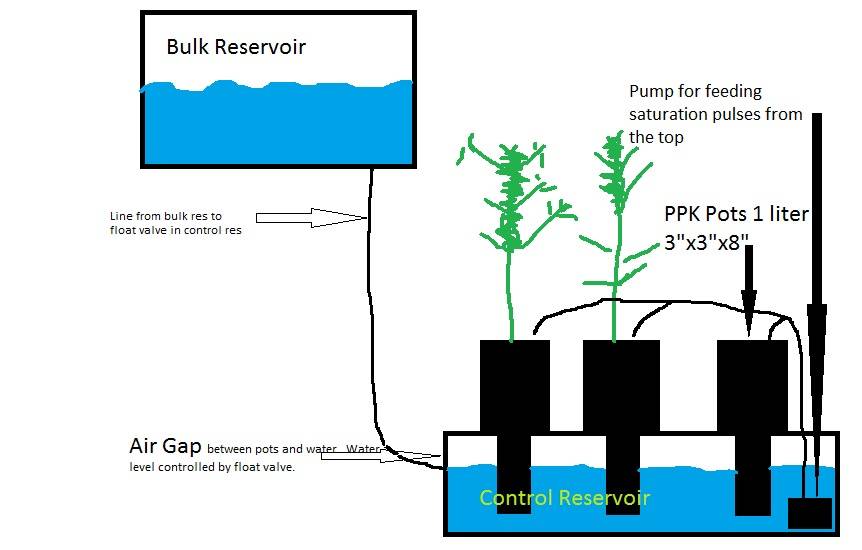From what I have learned reading these forums, basically a PPK (passive plant killer -- not sure why it is called that) is a hydroponic system in which the reservoir sits below the media and a "wick" is used to draw the nutrients up to the media, and the wicking action of the media (e.g., coco) further distributes the solution throughout the entire root system. Here's a schematic of one such setup:

I'm sure this could be much better explained by people on here (and probably has been!). Just search the forums.
I'm sure this could be much better explained by people on here (and probably has been!). Just search the forums.

 ....I never grew with reflectors in all my yrs of inside , and then I got 3 cool tubes free with a big order I placed online at least 10-12 yrs ago so I swapped em for my bare bulbs in 1 fliproom to see the difference.....
....I never grew with reflectors in all my yrs of inside , and then I got 3 cool tubes free with a big order I placed online at least 10-12 yrs ago so I swapped em for my bare bulbs in 1 fliproom to see the difference..... .....
.....
